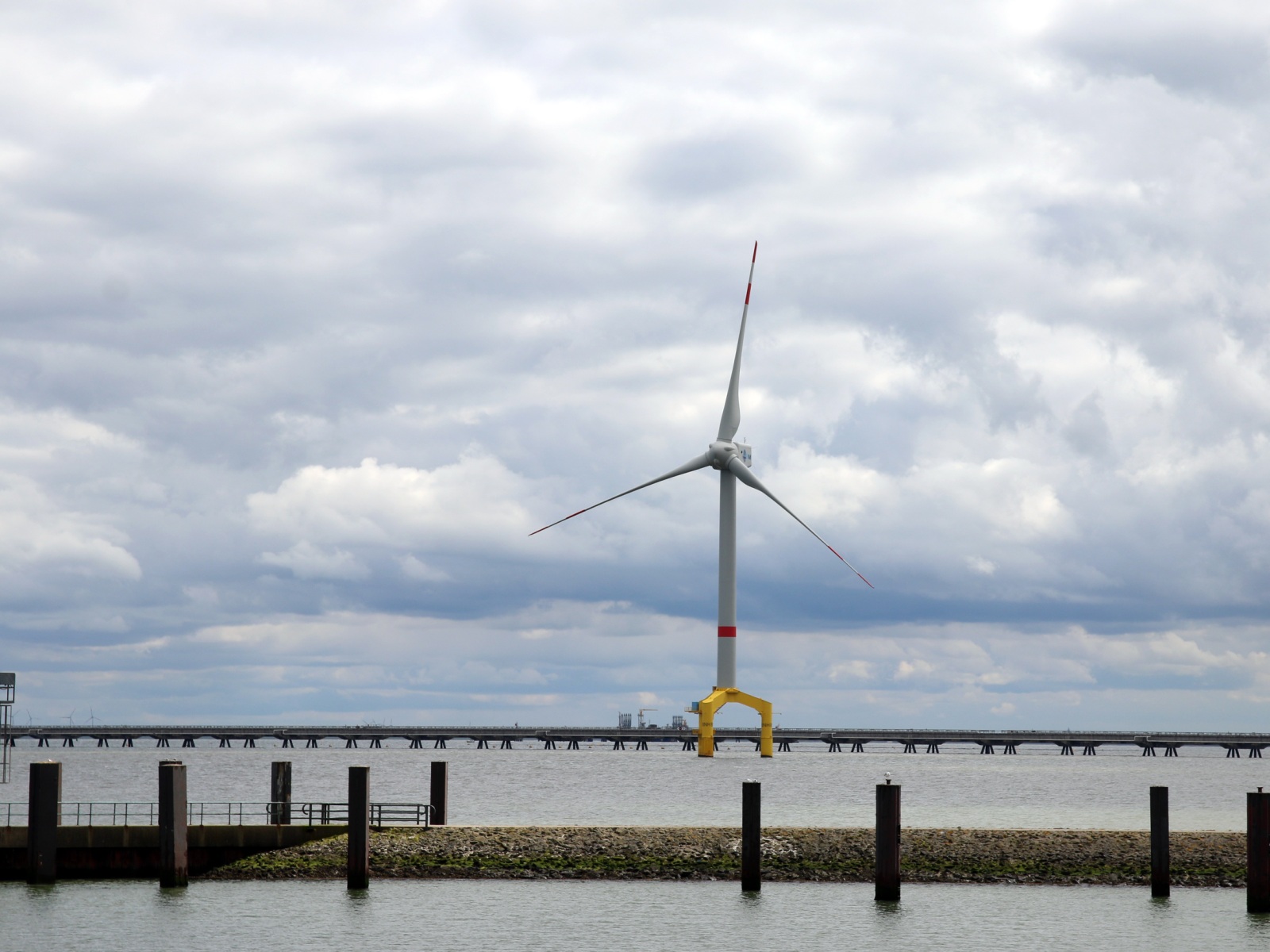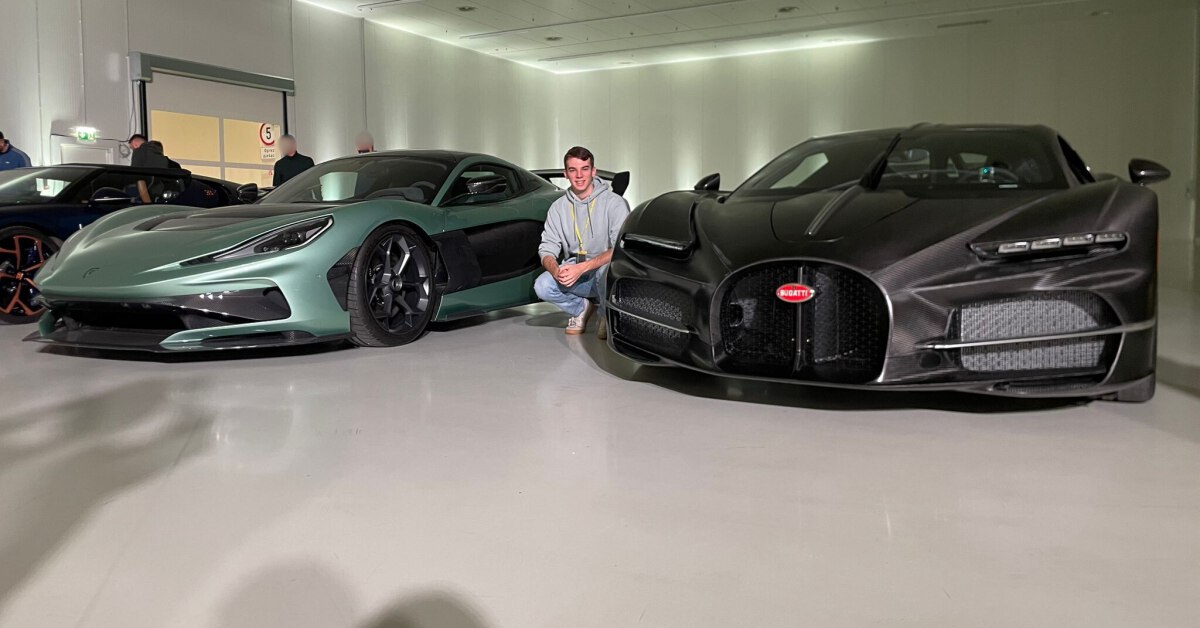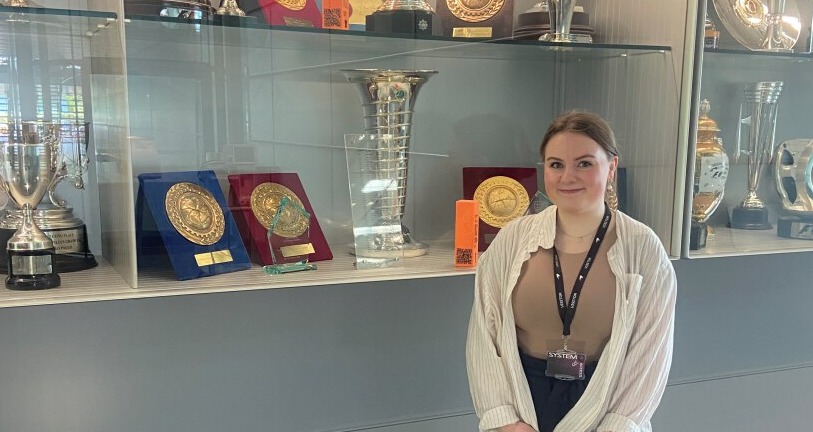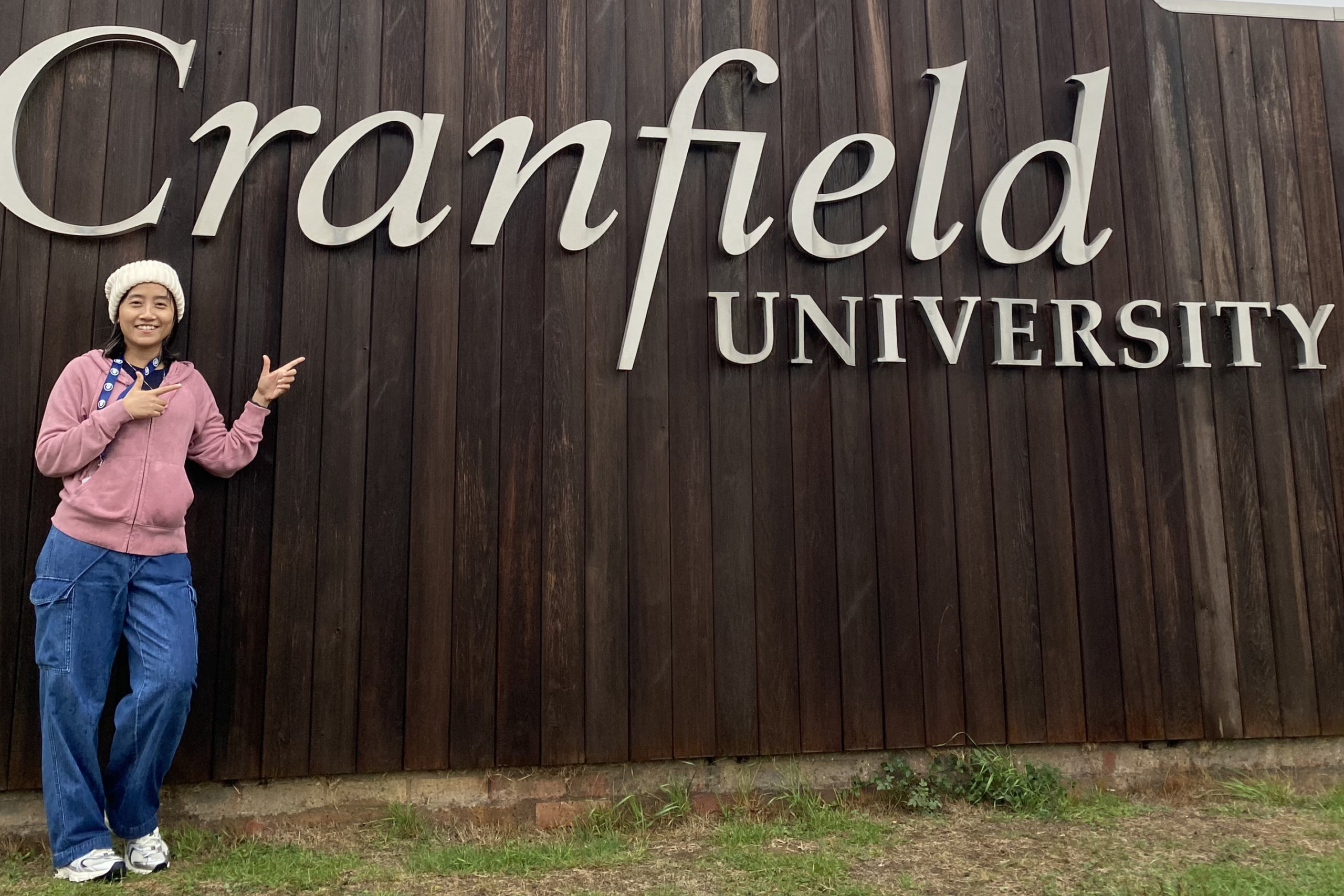Renewable Energy Marine Structures Centre for Doctoral Training: Field Experiment Deployment
17/04/2018

It is wise to start by welcoming the new cohort 2021 to the Renewable Energy Marine Structures (REMS) Centre for Doctoral Training and wish them loads of fun and success in their future research. The week of 18 September was a particularly eventful one for the REMS students. It was a week of conferences, where both the annual REMS and the EAWE conferences were organised at Cranfield University. The sharing of knowledge and passions was demonstrated through various presentations which enabled a unique network to be established between both researchers and industry representatives. That said, two REMS students had to leave the conference quite briskly as a result of their deployment for a field experiment! Those two students are myself, Waseem Khodabux, and Paul Causon. In the scope of our doctorate we are analysing the marine growth effects and pitting corrosion on wind turbine foundation.
The weather displayed a certain kindness on those autumnal days of the 19 and 20 September 2017. When such a small window of opportunity appears, it does make sense to take a leap. The van was booked waiting for the keys to be collected at the main reception for our adventure to begin. The destination was Bridlington, also known as the lobster capital of Britain and which eventually has also transformed into a major port for offshore wind related projects due to its proximity to various windfarms on the east coast. In that area, quite a few windfarms going through different technological iterations from Round one to three have been installed. The colossal Dogger Bank also forms part of that cluster of offshore structures populating the seas around that region. The anchors, plates, frames, ropes, cable ties and spacer were all loaded and it was time to hit the road. It turned out to be quite an impressive experience where Paul was describing the various hurdles that would have to be overcome once we were on the deployment boat. During the journey to Bridlington a plan was devised. When we reached the hotel we smiled. It had a disco ball and it seemed the more mature generation were out partying in droves in the hotel. Unfortunately we could not join the fun as there was work to do; instead we hit the road again to Tesco to gather some essentials for trial the next day.
It was already late by the time we returned to the hotel. We jumped into our beds and got up early at around 4am and directed ourselves to the quay. The boat was a fishing one, sporting a crane of 500kg lift capacity at the rear of it. We were welcomed by a small but experienced crew of researchers and the captain, we loaded the experiment stuff and had a safety briefing by the captain of the boat.
Paul busy assembling the coupons and fine tuning the tying
We set off and as soon as we got familiar with the rocking motion of the waves we set out to assemble the experiment. It involved the delicate task of tying the frames to the coupons and the buoys. A lot of rope cutting and cable ties tightening was needed but finally the task was complete. It was time to deploy the experiment. Moment of truth! The crane buzzed into life and the hook was hoisted down. We retreated to the safety zone. There was the firm grip of the hook to the anchor and the operator manipulated the levers and soon the whole assembly was on the move. The anchor was released in the water first and seconds later, the whole assembly was sinking in the depth of the ocean. This was it, an experience to remember and cherish for a very long time. We cannot wait to go back for the full deployment but before then we have to wait for a weather window.
Anchors going in the water and Waseem posing
P.S. The trial assembly survived two storms and is still going strong.
Waseem Khodabux, Paul Causon
Categories & Tags:
Leave a comment on this post:
You might also like…
Automotive Engineering: From student to hypercar innovation at Rimac
We sat down with recent graduate Thomas Perrin, to discuss how his year on the MSc in Automotive Engineering at Cranfield University propelled him from the lecture hall directly into the ...
What this year at Cranfield really meant to me
Every Cranfield journey is unique. In this alumni reflection, Zachea Scicluna shares what her year at Cranfield truly meant, from facing uncertainty to gaining hands-on experience in industry-backed projects. I’ve been reflecting (and delaying) ...
Preparing for assignments and exams?
Sorry! We know it seems a bit mean to mention the exams in January rather than looking forward to the break before it! However, we know many of you will be thinking about your forthcoming ...
Screening for FTSE 100 companies on Bloomberg
So you’re researching an index and need some data on its constituent companies? Bloomberg’s Equity Screening tool makes light work of this, not just for the FTSE, but for indices, exchanges and sectors worldwide. Type EQS ...
Accelerating my future: How Cranfield put me on the fast track to automotive safety innovation
Hello! I’m Michaela Kaiser, and I’m thrilled to share my journey studying abroad. I’m from Calgary, Canada, and I recently graduated from Cranfield’s MSc Automotive Engineering course. My path to Cranfield ...
From Myanmar to Cranfield: My path to Renewable Energy
As someone who is passionate about sustainability, my career goal is to build a path in the renewable energy sector. My aspirations comes from the benefits of developing sustainable energy sources and ensuring energy ...







It’s important to explore all options for the future as we’re all well aware of the problems with fossil fuels and nuclear. The solar industry seems to be doing a good job as panel prices keep coming down.
I read an alarming report of the wind power situation in Germany, with subsidies expiring, turbines are being taken down as not cost effective. The parts are hard to recycle due to being composite. Apparently, the scrap is being shipped to Africa? Offshore, the problem would be more challenging.
Are the latest generation of turbines more efficient than these German ones? Easier to recycle? Subsidies can help fledgling industries, but are we moving towards cost-effective wind power?